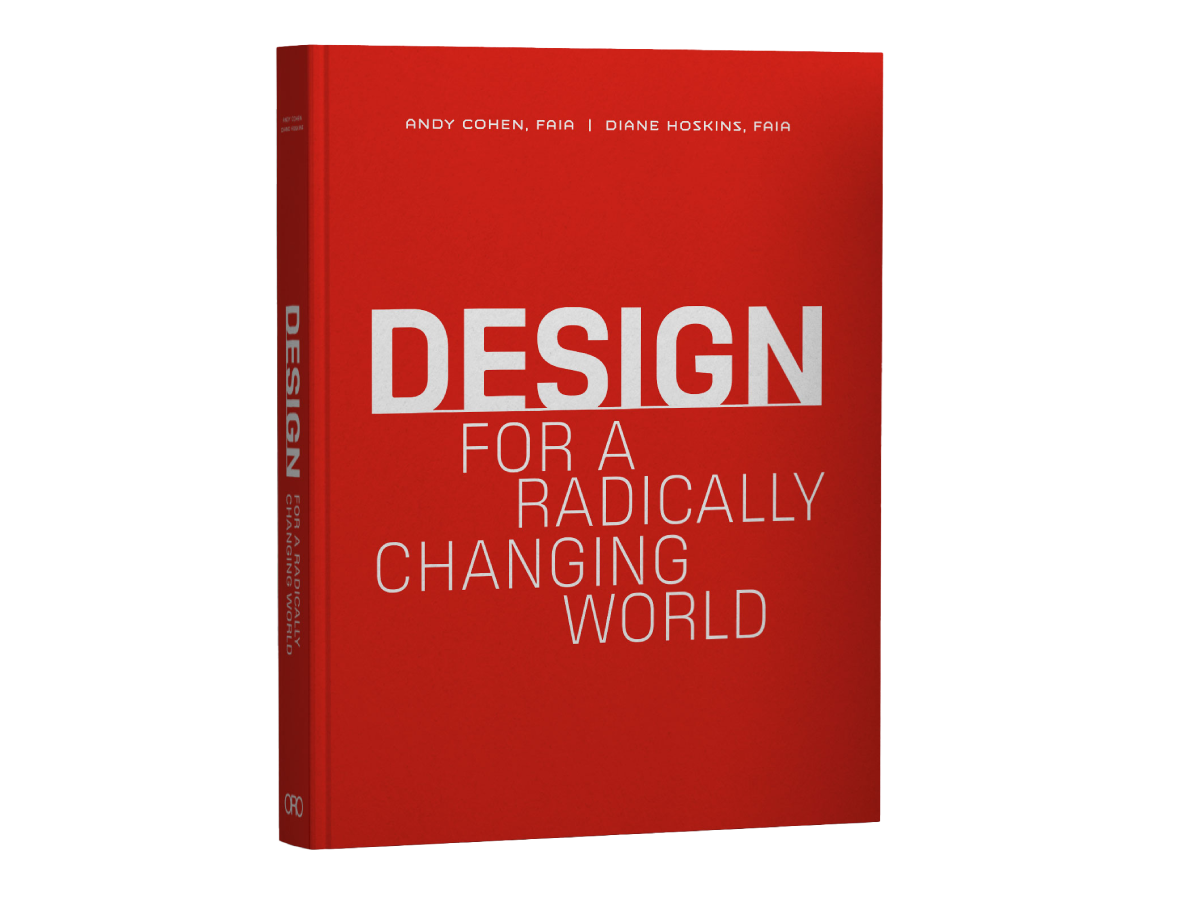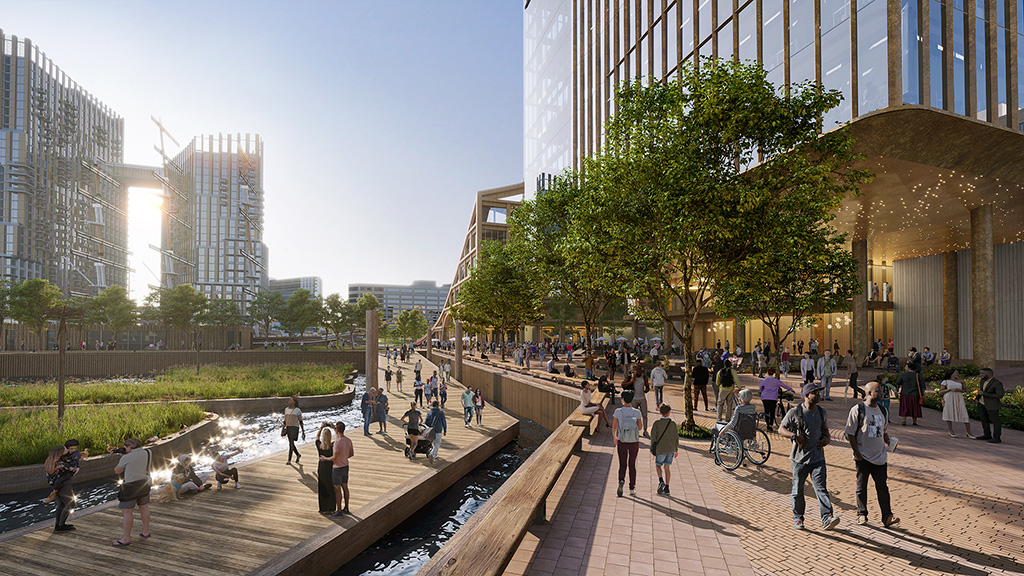The “Five I’s” of Design
July 26, 2024 | By Vaki Mawema
Editor’s Note: The following excerpt is from Design for a Radically Changing World, by Gensler Global Co-Chairs Diane Hoskins and Andy Cohen.
As the world changes, it creates ever-evolving opportunities to shape the future and elevate human experience through design. As I approach these opportunities through my professional practice, I’ve adopted a mindset that I call the “Five I’s.”
Imagination: Even in conditions of crisis, we have an innate need to come together as people — to experience our shared humanity and to share in the priceless joys of life, no matter how constrained or fleeting they might be. Designers must always stay focused on crafting environments that elevate the human experience and imagine a better, more adaptable, and resilient future.
Initiative: Increasing land scarcity has highlighted the need for places that can function as public stages on which much needed human connections can occur, particularly in cities. We must have the passion and conviction to ensure that these public stages are created and maintained. In the absence of this initiative, creativity, and persistence, a city can become one where seemingly “nothing gets done.”
Inclusion: Particularly in impoverished communities, our approach to design must reflect sensitivity to social, cultural, and political dynamics. We must act respectfully but must be audacious enough to imagine that design can play a significant role in mending the social fabric of communities that have been impacted by policies that increase inequity, such as redlining and urban renewal. Our design process must become constantly more inclusive, balanced with innovative, sustainable strategies to give relevance and meaning to the built environment now and into the future.
Intention: Built landmarks are often powerful symbols that can represent a city’s past or current stature, its aspirations, and its past struggles. Understanding the often complex historical significance of a city’s landmarks, especially in an environment of persistent socioeconomic inequity, is vitally important to the design of the public realm and must be handled with more care and intention than ever before.

Impact: As designers, we are driven by our purpose — to always improve our environment and have a positive, even transformative effect on the world. Successful design answers questions, solves problems, and, most important, makes a difference. Our growing interdependency compels us to address challenges like the sustainability of our communities and the role of design in easing social and racial inequity through our work. But in equal measure, may we always be reminded that as people, we are more alike than we are different. We require the same basic conditions to thrive — among them a healthy, sustainable, and inspiring environment. As President John F. Kennedy said, “For, in the final analysis, our most basic common link is that we all inhabit this small planet. We all breathe the same air. We all cherish our children’s future. And we are all mortal.”
For media inquiries, email .

